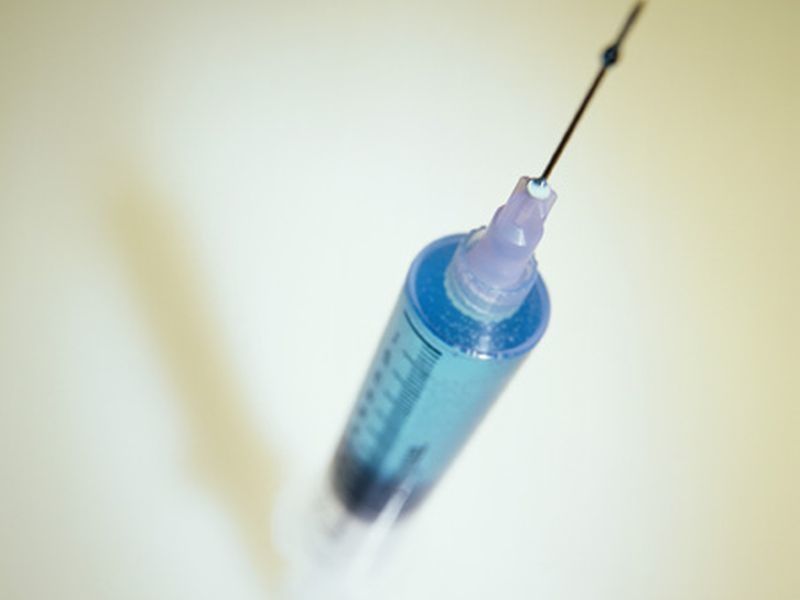TUESDAY, March 2, 2021 (HealthDay News) — The U.S. Food and Drug Administration has approved the emergency use of Johnson & Johnson’s single-shot coronavirus vaccine, adding a third weapon to the arsenal the United States is building to battle the pandemic.
The overall effectiveness of the J&J vaccine in protecting recipients against any case of COVID-19 (66%) is not as high as that of the Pfizer and Moderna vaccines (95%). But J&J’s single shot was very effective where it really counted: preventing severe illness. The vaccine showed 86 percent efficacy against severe forms of COVID-19 in the United States and 82 percent efficacy against severe disease in South Africa, where a potentially tougher new variant of coronavirus was circulating. None of the nearly 22,000 people who were vaccinated the trial died of COVID-19.
So, experts believe J&J’s vaccine will be a valuable new option for many Americans.
“It’s easy to look at the numbers and assume this vaccine is less effective, but when the race to develop a COVID-19 vaccine began, scientists were hopeful for a 50% efficacy rate. We have managed to knock that out of the park at least three times now, so we epidemiologists are still very excited about the vaccines with a perceived ‘lower’ efficacy rate,” said Katelyn Jetelina, an assistant professor at the UTHealth School of Public Health, in Dallas.
“The bottom line is this, if you’re eligible to receive any COVID-19 vaccine, it’s important that you take the first opportunity you can. All of the vaccines granted authorization in the U.S. are safe and effective, and we are hopeful that vaccines will help stop this pandemic,” Jetelina noted in a university news release.
So, how does the J&J vaccine work and is it right for you?
Here is what you need to know:
- What is the J&J vaccine?
The J&J vaccine is based on existing technology that uses an adenovirus that is a common cause of respiratory infections. The DNA in the adenovirus is changed so that it makes a part of the SARS-CoV-2 virus to which the body develops an immune response.
- How does the J&J vaccine differ from other COVID-19 vaccines?
The Pfizer and Moderna COVID-19 vaccine technology uses genetic material that codes for parts of the SARS-CoV-2 virus. When injected, the vaccine causes people to make pieces of virus to which the body develops immunity. The genetic material breaks down quickly, so it stays in cells for only a short period. That’s why these vaccines have to be kept in very cold temperatures until they are used.
- How safe and effective is the J&J vaccine?
The vaccine produced antibodies against SARS-CoV-2 in 90% of people who received it after the first dose. According to J&J, one dose was 66% effective in preventing moderate to severe COVID-19 and 100% effective in preventing hospitalization and death from COVID-19. No one given this vaccine developed a severe allergic reaction, and side effects were similar to other vaccines, including fever. The vaccine did not appear to cause any serious complications.
These tips were released March 1 by the Journal of the American Medical Association.
Nearly 4 million doses of the J&J vaccine have already been shipped and will begin to be delivered to states for injections starting on Tuesday, the Associated Press reported. J&J will deliver about 16 million more doses by the end of March and 100 million doses by the end of June.
FDA advisory panel members who gave their blessing to the vaccine on Friday said the J&J approval made sense.
“It’s a relatively easy call; it clearly gets way over the bar, and it’s nice to have a single-dose vaccine,” said Eric Rubin, an infectious diseases specialist at the Harvard T.H. Chan School of Public Health, in Boston, and a member of the FDA advisory panel. He told the Washington Post, “It’s a bit challenging about how to use it clinically right now, but the demand is so large, it clearly has a place.”
Another infectious disease expert also welcomed the approval.
“The addition of a third COVID-19 vaccine substantially reduces the time it takes the U.S. to reach herd immunity — when a high enough proportion of the population is immunized and we can disrupt the spread of this disease,” said Dr. Lisa Lee, a public health expert who specializes in infectious diseases.
“Getting 75% to 85% of the population vaccinated will be easier with this additional vaccine option, especially because it, unlike the first two [from Pfizer and Moderna], does not require a complex frozen or ultra-frozen transport and storage system, and requires only one shot, instead of the two required by the others,” said Lee, who is associate vice president for research and innovation at Virginia Tech.
More information
For more on COVID-19 vaccines, head to the U.S. Centers for Disease Control and Prevention.
SOURCES: University of Texas Health Science Center at Houston, news release, Feb. 27, 2021; American Medical Association, news release, March 1, 2021
Copyright © 2026 HealthDay. All rights reserved.

